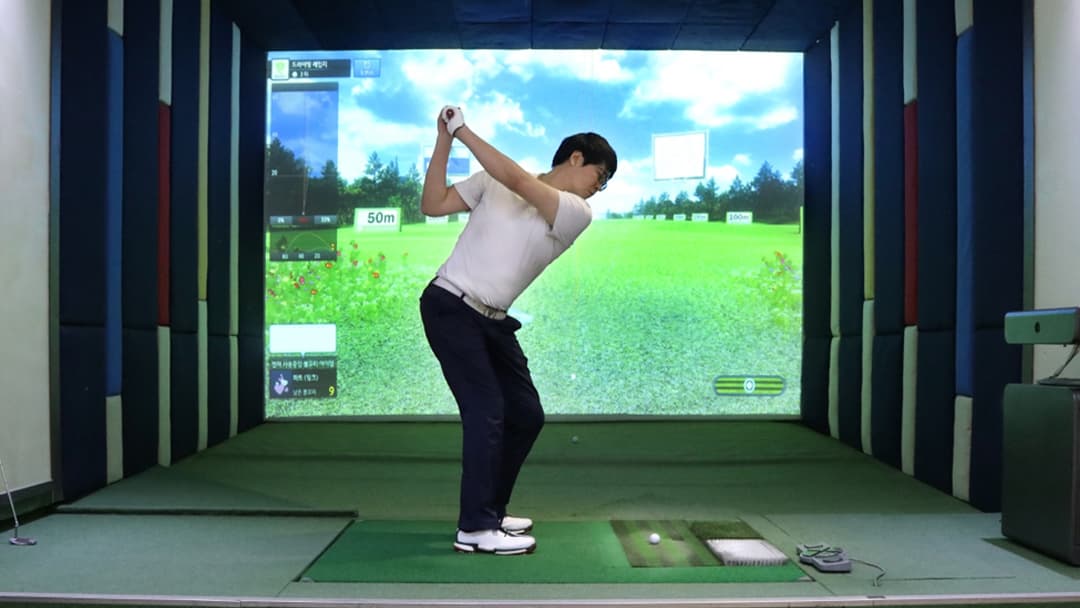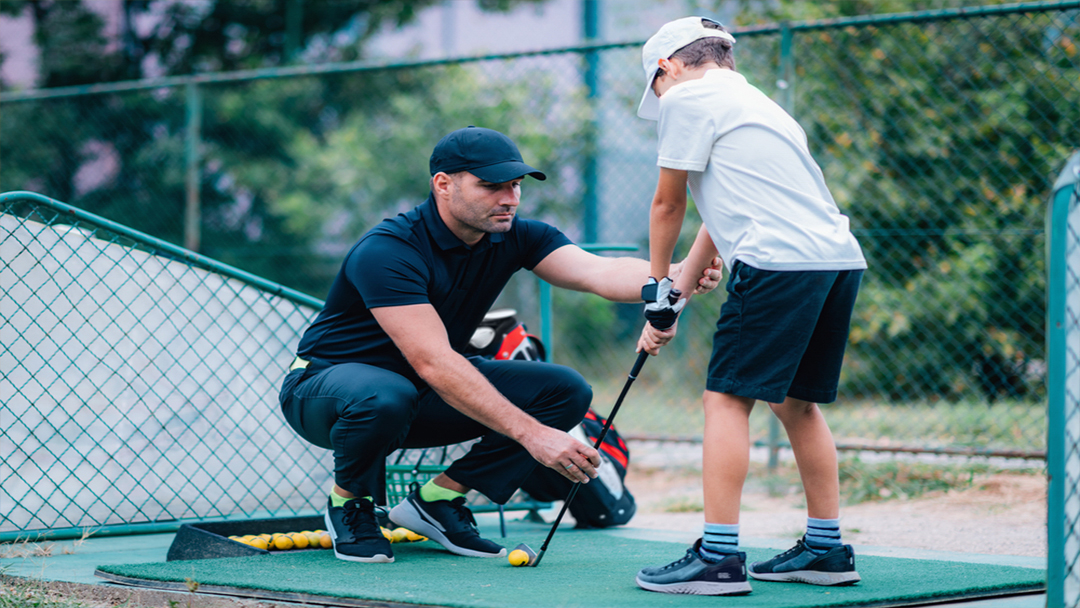How to Play Golf: Tips for Playing on Different Courses
Do you want to try golf but not sure where to start? You’ve come to the right place. Golf can seem tricky when you first pick up a club, but we will share some simple tips to help get you playing in no time. Whether you’ve never swung a club before or want to improve your game, these guidelines will have you teeing off and putting with confidence. So, let’s explore how to play golf!
Golf Game Information
Grip
Let’s begin with how to hold a golf club. A proper grip is vital to produce a smooth swing. Start by resting the club face against the inside of your left thumb and index finger to support it. Next, place your right hand slightly below your left with your thumbs pointing down the shaft. Your hands should feel comfortable without being too tight. Check that neither hand slides up or down the shaft during practice swings. Once you’ve got the hang of it, you’ll develop a light yet secure grip.
Different grips are suited to various shots, so exploring alternative holds beyond the basic full-swing grip is useful. For example, holding the club higher up the shaft when putting allows more delicate control near the ball. The key is consistency in replicating your favorite positions.
Stance
Setting up your stance correctly will allow your swing to flow naturally. Stand slightly closer to the ball than you think, with your feet roughly shoulder-width apart. Your weight should be evenly balanced between both feet. Focus on keeping your back straight and knees slightly bent. This alignment provides stability as you swing. Try a few practice strokes to feel comfortable before aiming for your target.
Backswing
Now it’s time to take the club back. How to backswing golf? For full shots, begin your backswing by hinging your wrists and rotating your shoulders and hips smoothly. Picture the club head moving straight back and parallel to the target line. Don’t swing too far back at first, or your swing may get out of control. Simply take it to where the shaft is parallel to the ground. Feel free to pause at the top before proceeding to the next phase.
Mastering a proper backswing is pivotal to start taking full, meaningful swings. The most common flaw beginners make is swinging too fast too soon. Taking your time applies equally to the backswing phase.
Downswing
The downswing is about transferring weight from your back to your front foot. First, reverse the motion of your backswing by turning your shoulders and hips back towards the target. Your lower body will shift forwards automatically. Keep your back straight as you rotate your hips and fully extend your arms. Let gravity uncoil your body down and through towards the ball to generate power. Aim to end with your weight on your front foot just after impact.
Formatting
At this point, try alternating between backswing and downswing motions without worrying about hitting a ball. Getting accustomed to a smooth swing movement before introducing a target will help consistency. Once you feel comfortable with your swing, place a golf ball a couple of feet before you to practice your strike. Focus on keeping your head down through impact and maintaining balance on your follow-through.
How to Put Spin on a Golf Ball
Applying spin to shape shots adds another skill level to your ability. Spin causes the ball to curve left or right in the air or stop abruptly on landing for strategic effect. Here are some techniques to try:
- For draw-spin (right to left curve), focus on swinging slightly from the inside through impact.
- Swing from the target line for a fade spin (left to right curve).
- Use the heel or toe of the clubface to increase the sidespin. Heel shots fade, and toe shots draw.
- Depending on the desired shot shape, lean your body slightly left or right at the address.
- Slow down your swing tempo. A faster swing makes controlling spin harder.
It takes practice, but spin moves help navigate challenging courses. Start with half or three-quarters shots at the range until you feel at ease directing the ball where you want. Consistency improves over time with experience of different shot shapes.
How to Play Golf?
Here are the key points to keep in mind as you start learning the basics of how to golf:
- Master a comfortable and repeatable grip and stance – These fundamentals provide control and stability.
- Develop a smooth swing through consistent practice motions, from backswing through impact.
- Use all the clubs in your bag to get familiar with varying distances and trajectories.
- Work on your short game, especially putting. Holes are won or lost once on the green.
- Play for fun, but keep score, too. Measure your progress each round.
- Stretch, stay hydrated, and take breaks to keep energy levels up when playing 18 holes.
- Try different shot shapes using clubface and swing path alignment. Implement them gradually.
- Ask more experienced friends or take lessons for personalized feedback to improve quicker.
The most important thing is to enjoy yourself. Golf is meant to be a relaxing challenge rather than a source of frustration. With regular practice, you’ll be surprised how much your techniques advance over weeks and months.
Golf Lessons in Dubai
So, you’ve been playing for a while now and want professional instruction to take your game to the next level? Golf lessons are highly recommended for all abilities to identify areas for focused practice. GOLFTEC is a great option for golf lessons in Dubai. As one of the world’s largest golf instruction and club fitting providers, GOLFTEC uses cutting-edge video analysis to evaluate your swing accurately. Professional instructors can pinpoint exactly what you’re doing well and where improvements are needed. They’ll then create a custom lesson plan tailored to your goals and learning style. Custom club fittings are also available to maximize your equipment potential.
Wrapping Things Up
Golf is a game that rewards patience and incremental progress. It may have hidden complexities, but it is key for a beginner to break it down into clear basics. Focus first on stance, grip, and an efficient full-swing routine before expanding your skills. Keep scores to monitor your seasonal journey. Above all, make practicing fun – whether lessons, playing socially, or simply being outside.
So, are you ready to learn how to play golf? Don’t hesitate; take action now. Contact us and start your journey to becoming a more skilled and confident golfer. With dedication and guidance, you’ll soon find yourself playing golf like a pro!




